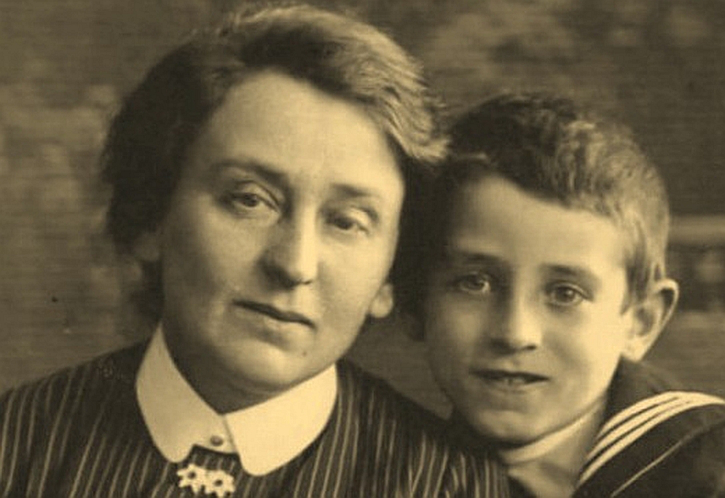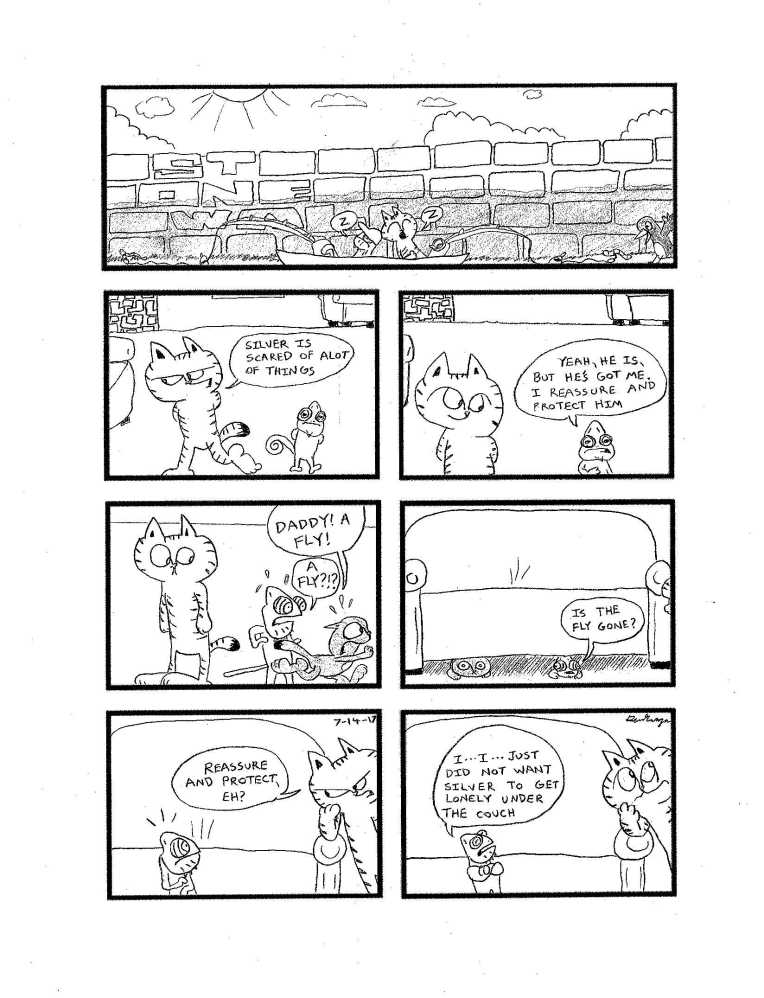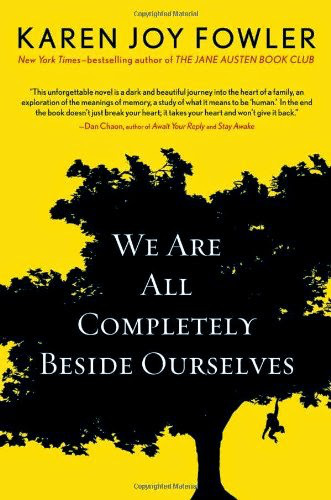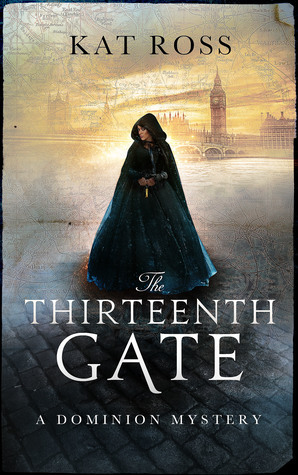Download links for: Antologia Nebula 2013


Reviews (see all)
Write review
Ken Lui' s story is bestThe axiom of choice is good tooThe rest I can live without.
Good collection of stories.
Okay.
Other books by Fantasy
Other books by Nebula Awards
Other books by Catherine Asaro
Related articles












